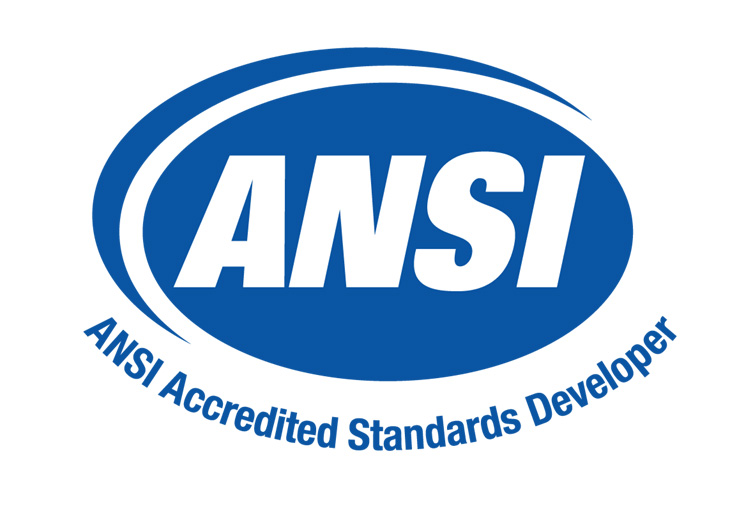Countdown to California’s 2005 Energy Code: CRRC Product Ratings Are the Key to Compliance
Posted November 10, 2004
OAKLAND, CA – November 10, 2004
Effective October 2005, Title 24, California’s new building energy code, will place a new and substantial emphasis on “cool” roofing for low-slope roofing installations on new commercial buildings, as well as most major commercial re-roofing projects. In order to meet the definition of “cool” under the new Title 24 requirements in 2005, low-slope commercial roofs must have an initial reflectance and emittance of at least 0.70 and 0.75, respectively, as rated by the Cool Roof Rating Council (CRRC). Cool roofs are typically expected to reduce utility bills by 3 – 10%, through lower cooling loads.
In order to receive full compliance credit under the new code, the developer or owner will be required to provide reflectance and emittance data as rated by the CRRC.
A low reflectance default value (0.10) will be assumed for those products without CRRC ratings, regardless of actual performance. “The State of California’s selection of the CRRC’s rating system as part of its code compliance protocol underscores the growing need for independent rating for promoting the radiative properties of roofing materials” noted CRRC Chair Peter Turnbull. He also clarified, “While the US EPA ENERGY STAR® program is valuable as an information resource and for qualifying products for voluntary programs, ENERGY STAR ratings are not used to establish energy code compliance in California. Title 24 currently recognizes only the CRRC’s rating system for purposes of determining the radiative properties of roofing materials.”
Shortly, roofing manufacturers, distributors and contractors that promote low- slope roofing products without CRRC ratings will be impacted as their customers begin turning to other CRRC-rated roofing products, which do provide the code compliance benefits. While CRRC ratings can be obtained in less than a month, experience shows that it can take several months for manufacturers not only to obtain CRRC product ratings, but also to label their products, and move the labeled products into the distribution channels. Manufacturers are well advised to begin the product rating process now in order to be prepared for the new Title 24 requirements taking effect next year. Similarly, professionals involved with specifying roofing materials need to begin reassessing product options and design strategies to meet the new California energy code in 2005.
Established in 1998, the CRRC is a non-profit association focused on implementing a fair, accurate, and credible radiative energy performance rating system for roof surfaces and disseminating the information to all interested parties. The Product Rating Program, the core element of the CRRC, was launched in September 2002 with the purpose of reporting initial and three-year aged values for solar reflectance and thermal emittance. One hundred ninety seven (197) roofing products are currently listed in the CRRC Rated Products Directory (found at www.coolroofs.org), a resource that has proven to be extremely valuable to roofing purchasers and specifiers. Both initial and aged performance ratings (as they become available) will be displayed on product labels and the online Directory.
Increasingly, manufacturers, regulators, specifiers, contractors, and building owners are turning to the CRRC for ratings they can count on. The CRRC’s Rating Program complements other programs, such as the USGBC’s LEED® program and the ENERGY STAR program, which set minimum performance thresholds. In many locations, cool roofs not only save energy and money by reducing air-conditioning needs, their implementation on a wide scale also promises to reduce the urban heat island phenomenon by lowering a community’s ambient temperatures by several degrees. All roofing materials manufacturers and sellers are encouraged to pursue these benefits by participating in the CRRC Product Rating Program.
For more information on the CRRC, program participation, and membership, please visit our website, www.coolroofs.org, or contact us directly at (866) 465-2523.

